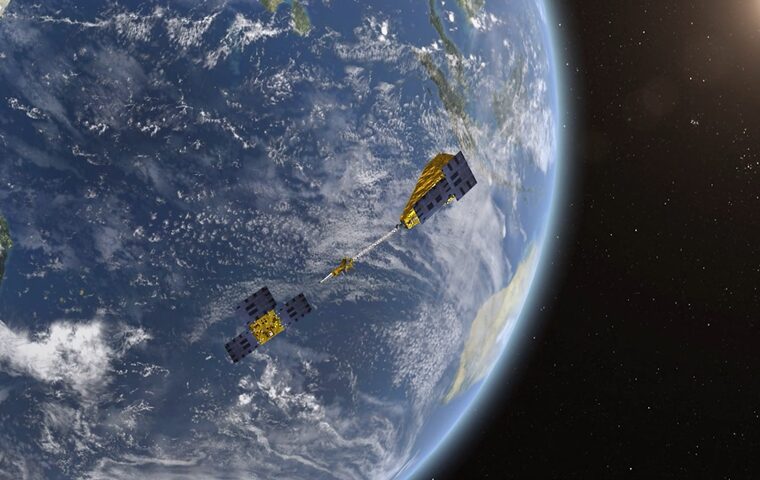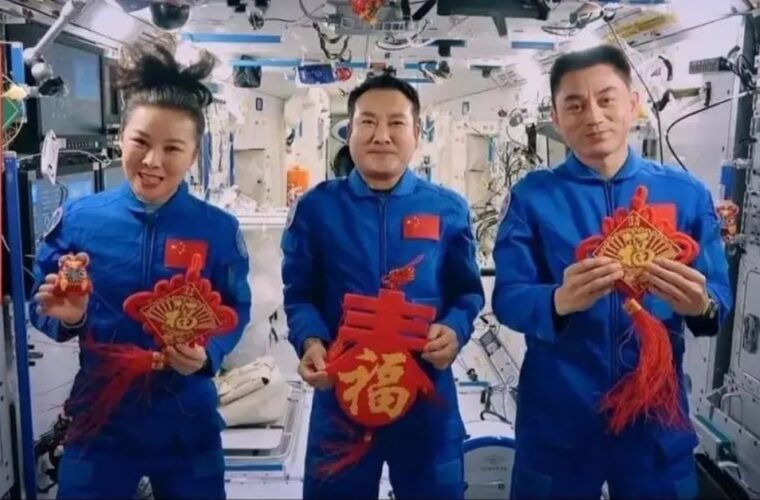Life aboard the International Space Station (ISS) is full of fascinating challenges that require astronauts to adapt in unimaginable ways. While astronauts can eat, sleep, and exercise much like they do on Earth, some tasks, like doing laundry, remain a significant hurdle. Surprisingly, there is no such thing as laundry in space, but that could soon change. So, how do astronauts deal with dirty clothes in space, and why is it such a tricky issue?
Why astronauts can’t do laundry?
Here on Earth, washing clothes is as simple as tossing them into a washing machine, adding detergent, and waiting for them to come out clean. Unfortunately, in space, this luxury doesn’t exist. The ISS doesn’t have the water supply or the space for a washing machine. Water is one of the most precious resources in space, and every drop counts. Most of the water aboard the ISS is used for drinking and hygiene purposes, and the vast majority is recycled from astronauts’ sweat, breath, urine, and even condensation on the space station’s walls. With water being so scarce, sending extra supplies from Earth is costly and energy-intensive. Spacecraft carrying water are limited by weight restrictions, as water is heavy and expensive to transport. Every ounce of cargo on a rocket is carefully calculated to optimize fuel and cost-efficiency, so adding washing machines to the mix just isn’t feasible.
So, what happens to dirty clothes?
Without washing machines, astronauts must take a different approach to their laundry. The clothes they bring with them are worn repeatedly, often for days, weeks, or even months at a time. Fortunately, the controlled environment of the ISS means astronauts’ clothes don’t get dirty as quickly as they would on Earth. Since there’s no dirt or dust from the outdoors, and the temperature is carefully regulated, astronauts don’t sweat much during regular activities. However, daily exercise, a necessity to combat the effects of microgravity, does leave clothes sweaty and stiff.
When clothes become too dirty or smelly to wear, there’s no washing them—astronauts simply discard them. Used garments are often packed into cargo spacecraft, which burn up upon re-entry into Earth’s atmosphere, acting as a fiery disposal system. Special items like spacesuits are exceptions, as they are sent back to Earth for cleaning and repair due to their expense and importance.
Why washing clothes in space matters
Although astronauts have managed to cope with limited clothing supplies, NASA and other space agencies are exploring new ways to improve this situation. The idea of continuously disposing of clothes raises both cost and environmental concerns. Each mission must transport enough clothing for the entire crew, a considerable expense in both weight and volume. With longer missions on the horizon, such as planned trips to Mars that could last several years, finding a sustainable way to clean clothes in space becomes even more important.
Furthermore, wearing dirty clothes for extended periods isn’t ideal for comfort or hygiene. In the microgravity environment of the ISS, sweat and grime don’t behave the same way as on Earth. Without gravity to help sweat drip away, it tends to stick to the skin, forming droplets that float around and cling to clothing. While astronauts have adapted to this, the long-term use of the same garments presents a challenge as missions grow longer and more complex.
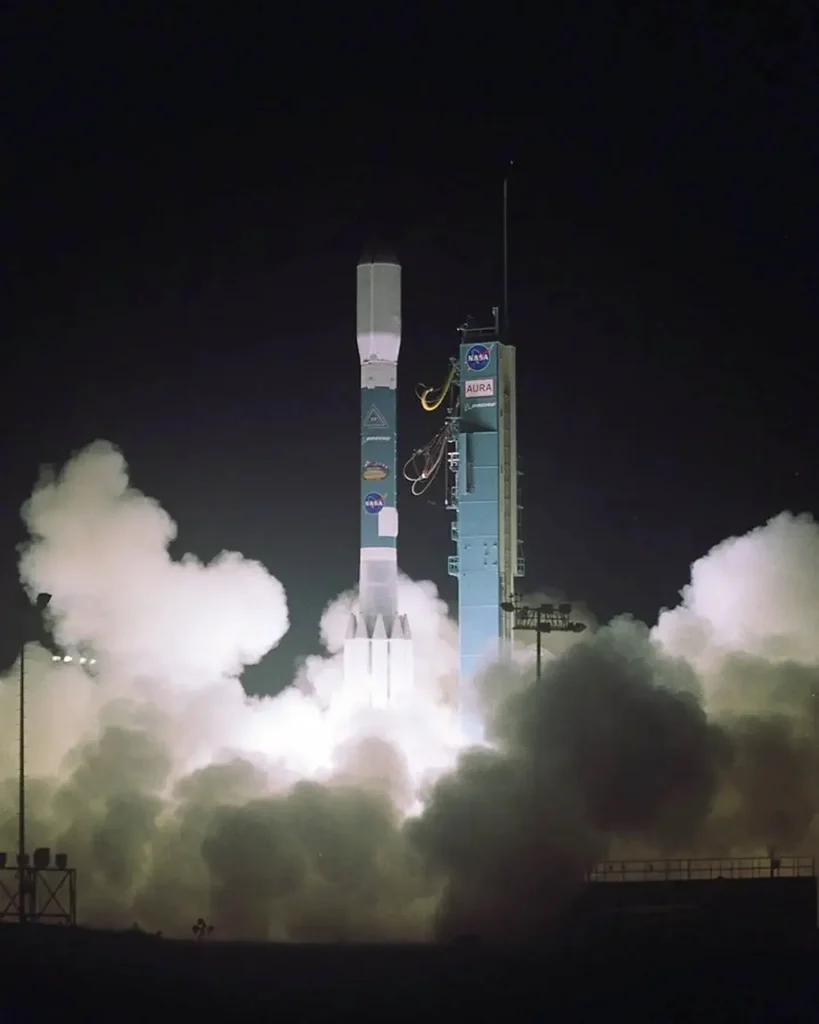
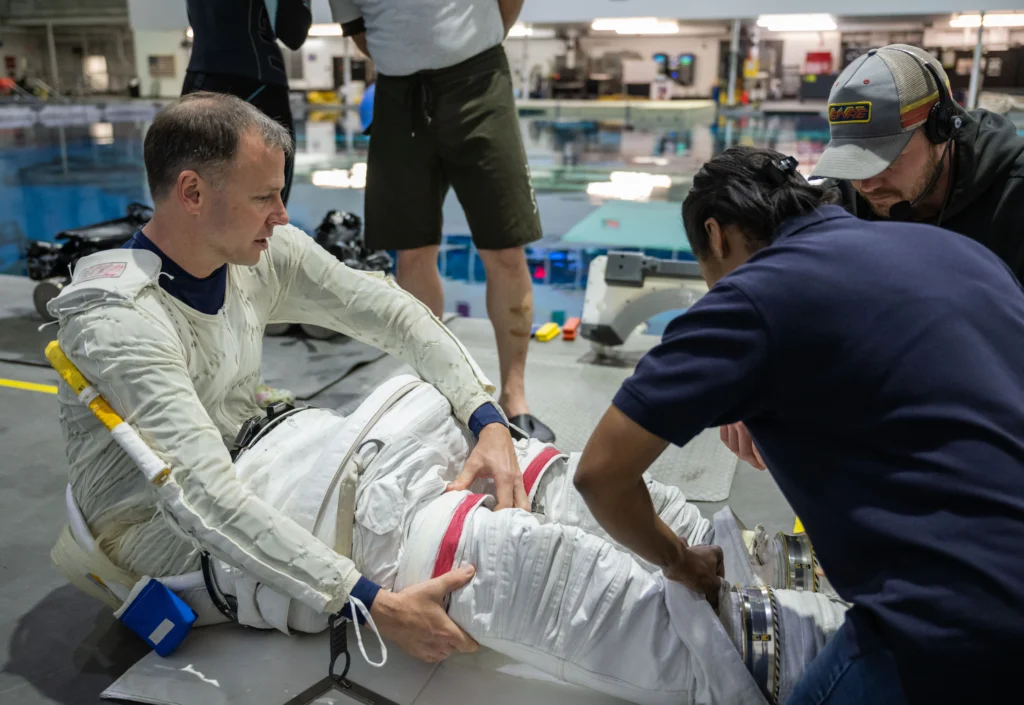
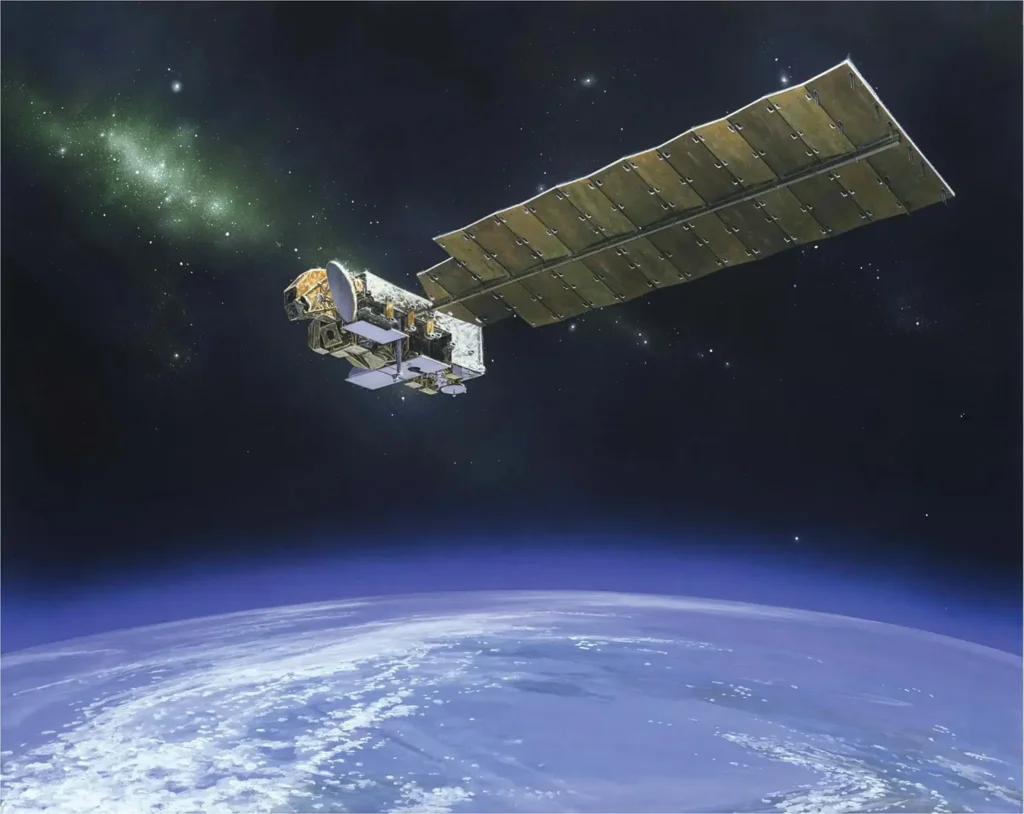
NASA and Tide’s space laundry experiment
To tackle this problem, NASA has teamed up with the detergent brand Tide to develop a solution to bring space laundry closer to reality. Tide has created a “fully degradable detergent” explicitly designed for the constraints of space. This detergent, which requires minimal water, was sent to the ISS for testing by astronauts. This experiment aims to determine whether astronauts can effectively clean their clothes using minimal resources.
If successful, this technology could pave the way for more sustainable missions where clothes can be washed and reused rather than discarded. Tide’s space detergent is part of NASA’s broader effort to make space missions more sustainable. It could also have significant implications for longer missions, such as those planned for Mars or beyond. Having a method to clean clothes during long journeys could reduce the amount of clothing astronauts need to bring, freeing up valuable space and weight for other essential supplies.
The future of space hygiene
The collaboration between NASA and Tide isn’t just about laundry; it’s about improving the overall quality of life in space. If astronauts can wash their clothes, they can stay more comfortable and clean throughout their missions. This small improvement could have a big impact on morale, which is crucial for the success of long-term missions. NASA is continuously researching ways to improve hygiene in space.
Currently, astronauts rely on waterless methods for personal hygiene, such as rinseless soaps and special towels. However, there’s always room for improvement, and developing methods for better personal care is a priority for space agencies worldwide. In addition to laundry solutions, researchers are also looking into more efficient ways to recycle water and waste on the ISS. As missions become longer and move farther from Earth, the ability to sustain life independently of Earth-based resources will be critical. Every drop of water, every piece of waste, and every article of clothing must be used as efficiently as possible.

